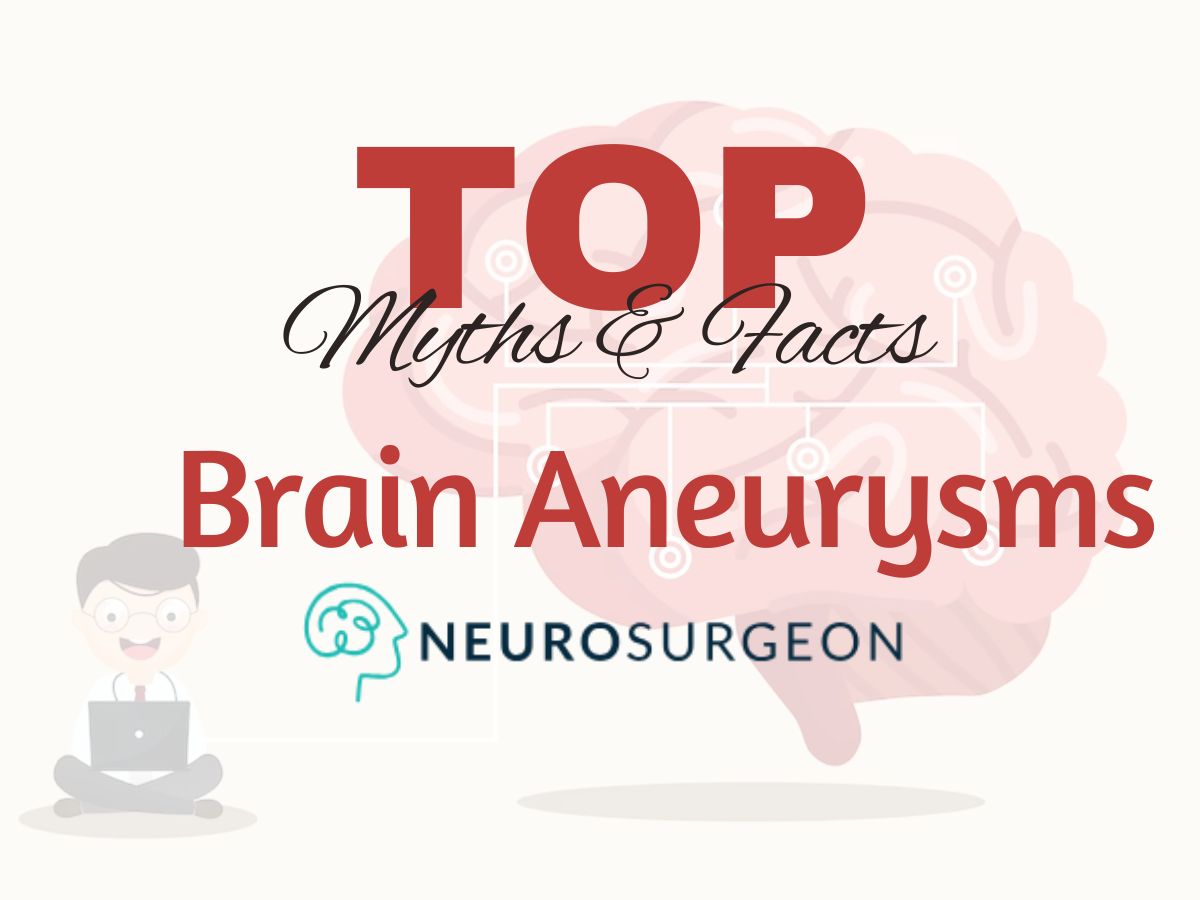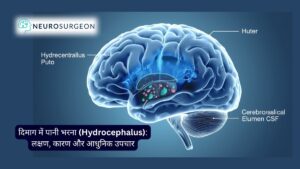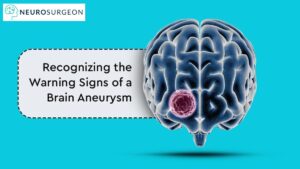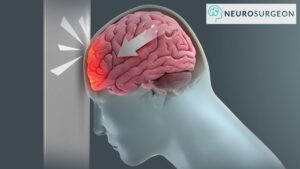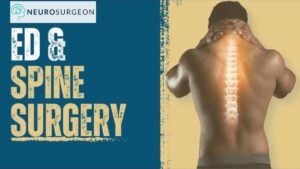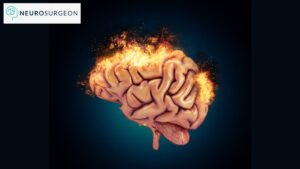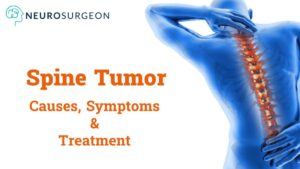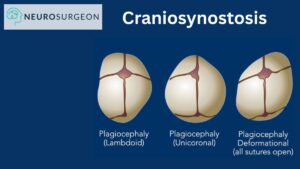A Brain Aneurysms, also known as a cerebral aneurysm, is a weakened area in the wall of an artery in the brain that bulges outward. This drained spot can gradually enlarge over time, increasing the risk of rupture and potentially causing a life-threatening subarachnoid haemorrhage. Brain aneurysms are relatively common and tend to occur in individuals over 40, though people of any age can be affected.
If a brain aneurysm ruptures, it can leak blood into the space surrounding the brain called the subarachnoid space. This is known as a subarachnoid haemorrhage, a medical emergency requiring immediate treatment. Ruptured brain aneurysms are fatal in about 50% of cases. Hence, unruptured aneurysms are often detected through screening and treatment to prevent rupture and reduce risk.
Table of Contents
ToggleWhat Exactly is a Brain Aneurysm?
A brain aneurysm refers to a ballooning or bulge in a blood vessel in the brain. The bubble forms when the wall of a vessel weakens, causing it to stretch and swell. The medical term for an aneurysm that ruptures are a subarachnoid haemorrhage (SAH). When a brain aneurysm ruptures, blood spills into the space between the brain and the tissues covering the brain. This is a life-threatening condition and medical emergency.
Early detection and treatment of brain aneurysms are critical to preventing rupture and SAH. Treatment options for an unruptured aneurysm include surgical clipping, endovascular coiling, and flow diversion. For a ruptured aneurysm, emergency surgery is usually needed to prevent re-bleeding.
What are the Symptoms Of Brain Aneurysms
The most common symptoms of a brain aneurysm include:
- Sudden, Intense Headache An aneurysm that ruptures often causes a sudden, severe headache, unlike any previous headache. It is described as the “worst headache of my life.“
- Nausea and Vomiting The sudden, intense headache may be accompanied by nausea, vomiting, dizziness or vision problems.
- Loss of Consciousness A ruptured aneurysm can cause a loss of consciousness or even coma due to bleeding in the brain.
- Seizures Unruptured or ruptured aneurysms may cause seizures in some cases. The seizures are caused by pressure on the brain from the bleeding or aneurysm.
- Vision Problems As an aneurysm grows or ruptures, it can pressure the optic nerves or other parts of the visual pathway, leading to vision problems such as double vision, loss of vision or dilated pupils.
- Neck Stiffness A ruptured aneurysm often causes bleeding into the subarachnoid space — between the brain and the skull. This can cause neck stiffness due to inflammation of the tissues surrounding the brain and spinal cord.
If a brain aneurysm ruptures, it’s a medical emergency. Seek immediate Brain Aneurysm Doctor In Indore attention. Early diagnosis and treatment of a brain aneurysm is critical to preventing possible rupture, controlling symptoms, and improving outcomes.
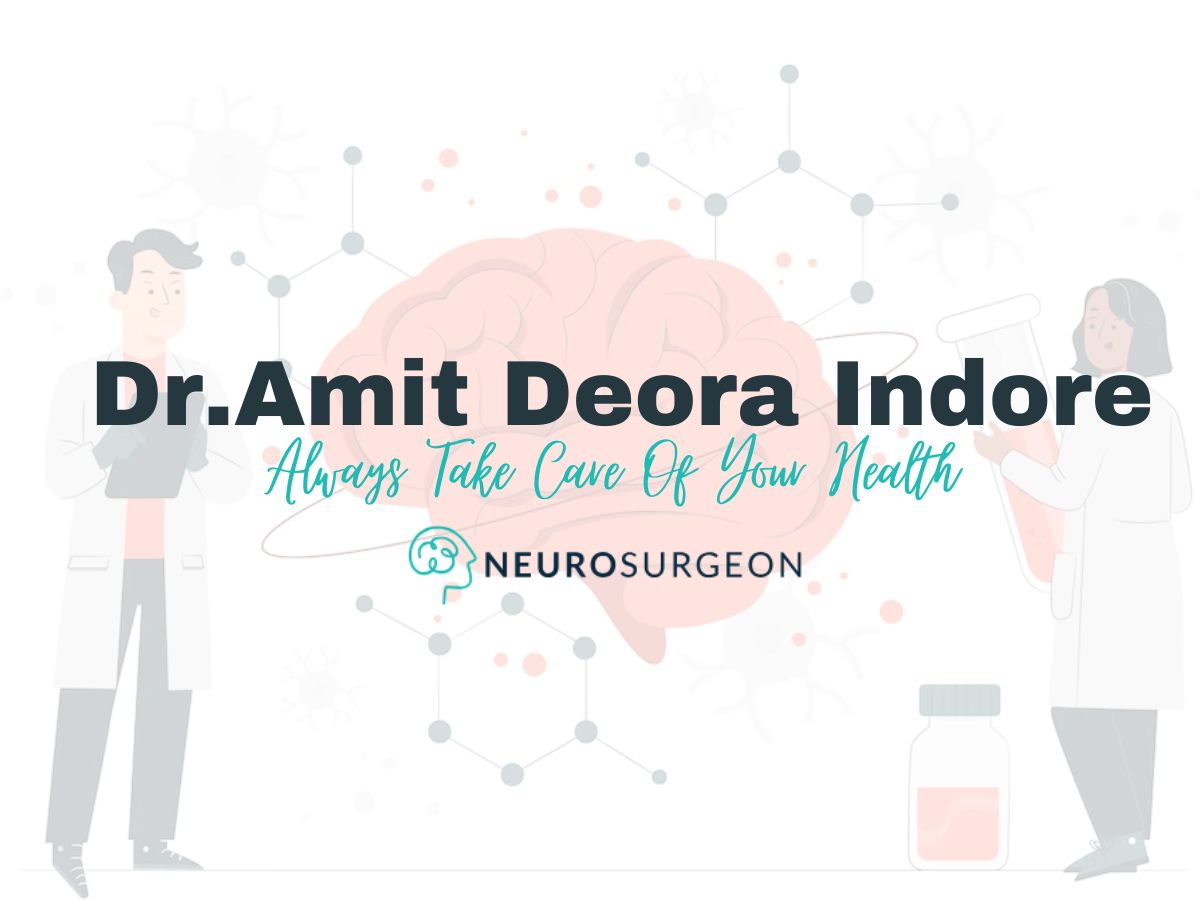
Myths and Facts about Brain Aneurysms
There are several common myths surrounding brain aneurysms that are important to dispel.
Myth #1: Aneurysms appear out of nowhere. In reality, aneurysms develop over many years and are often present at birth. They form weak spots in artery walls that bulge over time. Although the cause is unknown, risk factors like smoking, high blood pressure, and ageing can contribute to their formation.
Myth #2: A ruptured aneurysm is always fatal. While a ruptured aneurysm is a medical emergency and can be life-threatening, the mortality rate is about 50%. With prompt diagnosis and treatment, survival and recovery are possible. Advancements in microsurgery and endovascular techniques have significantly improved outcomes.
Myth #3: Cerebral aneurysms only affect women. Although cerebral aneurysms are slightly more common in women, they can occur in anyone, regardless of sex. Age is a more significant risk factor, with people over 40, especially those over 60, being the most susceptible.
Myth #4: You can’t cure an aneurysm. Specific treatments like surgical clipping, endovascular coiling, and flow diversion can eliminate the risk of rupture by sealing off or blocking blood flow to the aneurysm. While repeat testing is often needed, these procedures can provide a cure.
Myth #5: You can’t prevent aneurysms. Although aneurysms themselves can’t always be prevented, you can reduce risk factors like smoking, high blood pressure, and atherosclerosis that contribute to their development and growth.
Leading a healthy lifestyle with good nutrition, exercise, limiting alcohol, and not smoking can help lower the chances of an aneurysm forming or progressing to rupture.
Brain aneurysms are often misunderstood, but educating yourself about the facts can help reduce anxiety and allow for better medical decision-making. Diagnosing and treating aneurysms as early as possible provides the best outcomes.
Conclusion
In summary, while brain aneurysms are common and can happen to anyone, it’s essential to understand the facts and dispel the myths surrounding them. Knowing the causes, risk factors, warning signs, and available treatments can help identify an aneurysm early and prevent life-threatening complications.
You can reduce risks by managing conditions like high blood pressure, avoiding smoking, limiting alcohol, and maintaining an active lifestyle. And if diagnosed with an aneurysm, work closely with Top Aneurysm Surgeons In Indore to determine the best treatment and recovery plan based on your unique situation.
Though brain aneurysms can be frightening, education and action are the best ways to overcome anxiety and improve outcomes.
